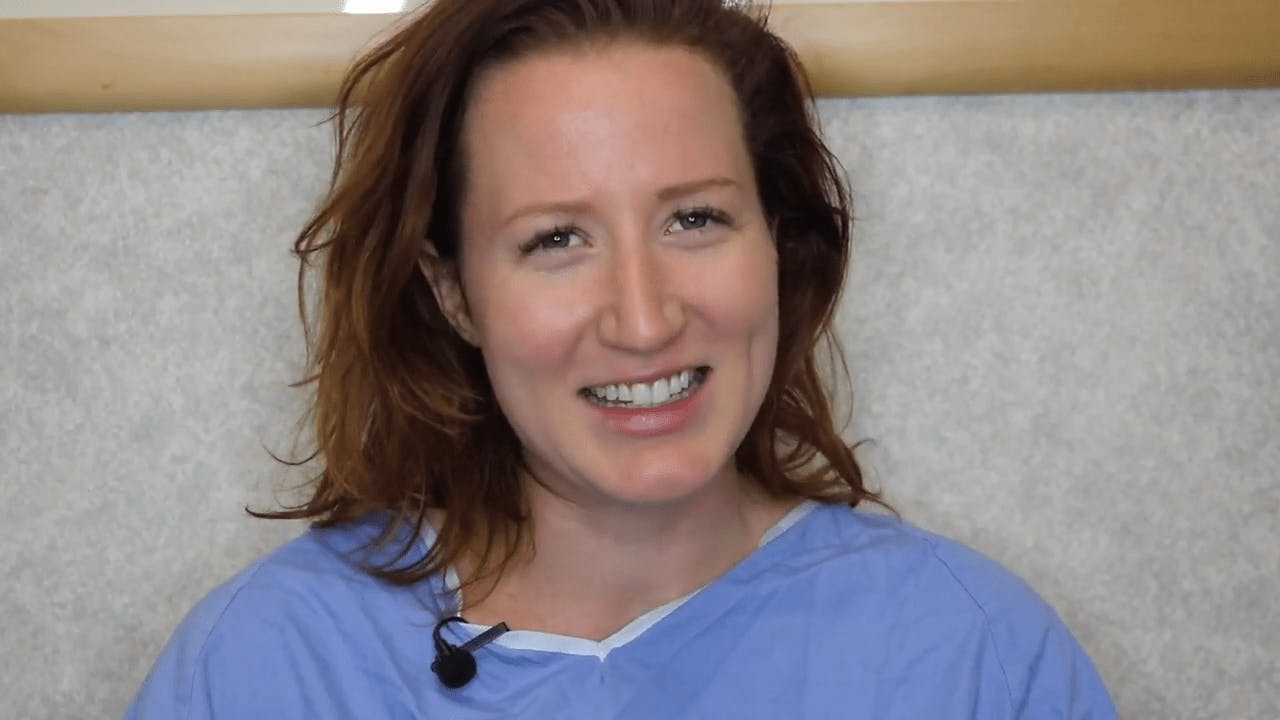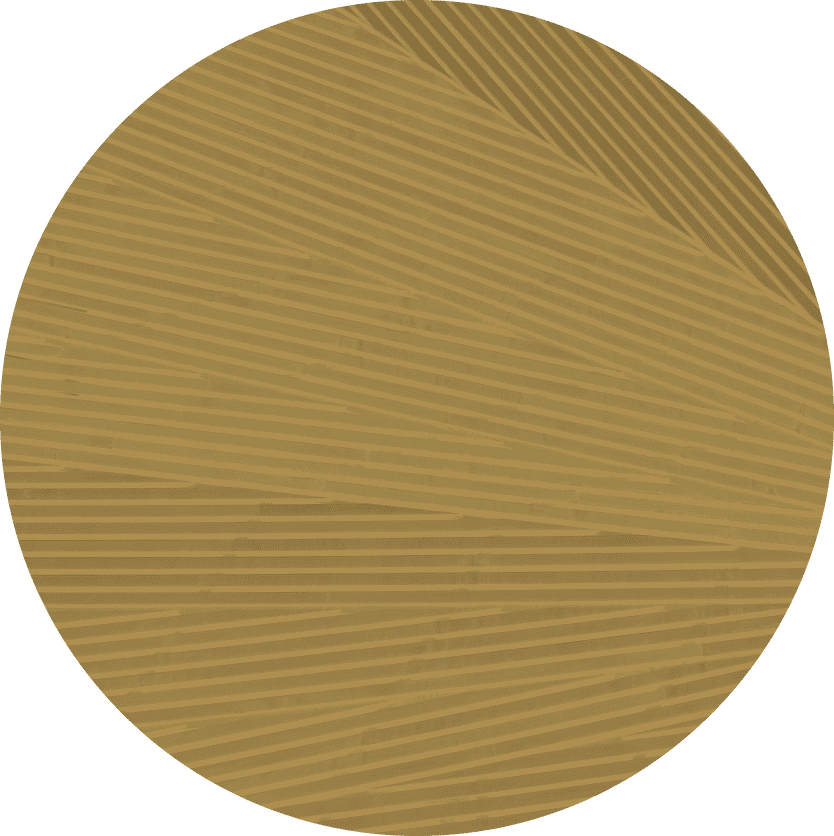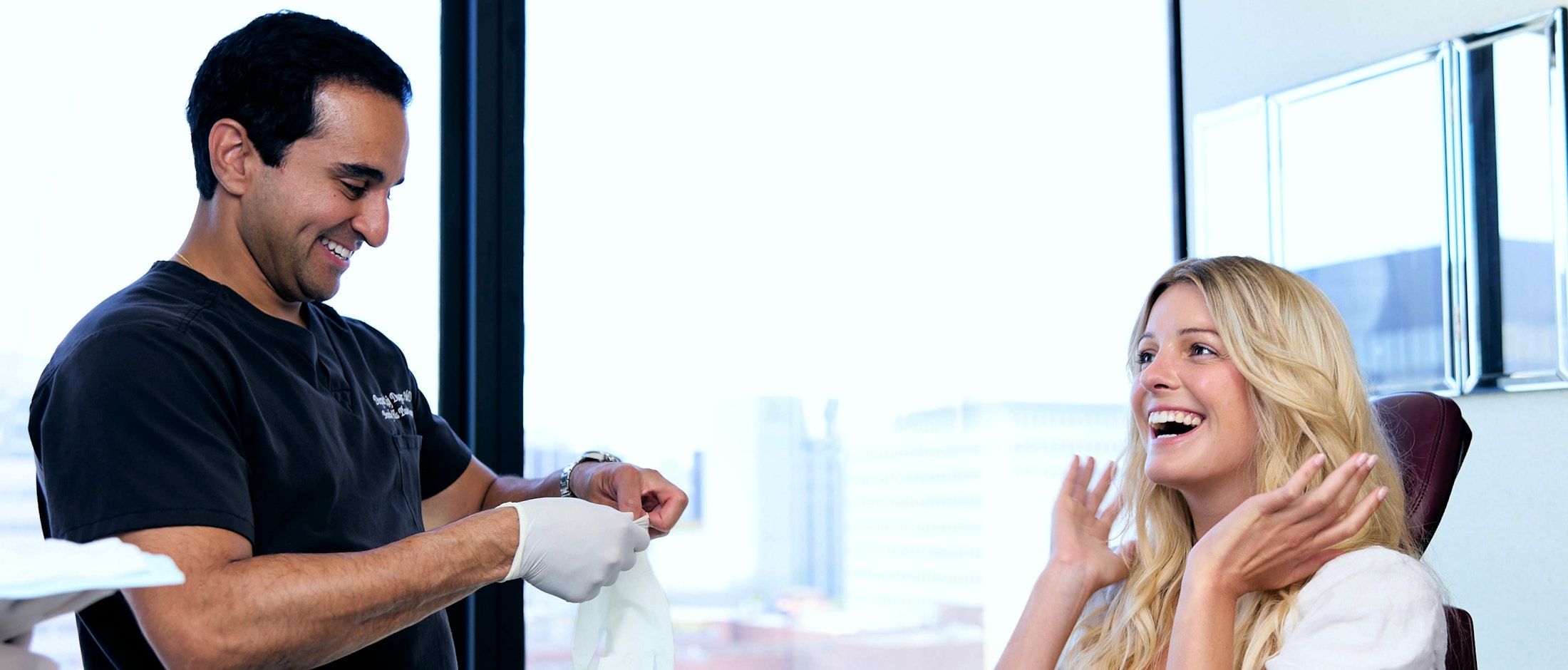Scarless functional rhinoplasty in Beverly Hills with Dr. Dugar expertly improves the nose's aesthetics and functionality, enhancing breathing without leaving any visible scars.
What Is a Deviated Nasal Septum, and How Can Septoplasty Fix It?
The nasal septum is the inner wall that separates the right and left side of the nose. It is normally straight and is made up of both cartilage and bone. When an undue amount of physical trauma is applied, the septum becomes bent, and the nose will often look crooked. Apart from appearing unpleasant, a deviated septum can seriously hamper breathing ability.
Not all cases will be severe enough that surgery is required immediately. Some noses naturally have a deviated septum, albeit to a milder degree. Many cases often come to light when patients reach old age and have trouble taking in air through their nostrils.
For severe cases of deviated nasal septum, especially ones that are a result of an accident or blunt force trauma, time is of the essence to repair the damage. During a septoplasty in Beverly Hills, Dr. Dugar uses precise incisions inside the nose to access the deviated portions of septal cartilage and bone.
He then straightens these deviated portions in order to regain stability. He may also remove any obstruction (e.g., bits of broken bone and cartilage) that may hamper breathing. Some of the pieces of bone and cartilage can be used to build a graft to further strengthen the newly repaired nose.
Throughout the septoplasty, Dr. Dugar will make use of Scarless Nose® techniques to avoid leaving permanent scars.










